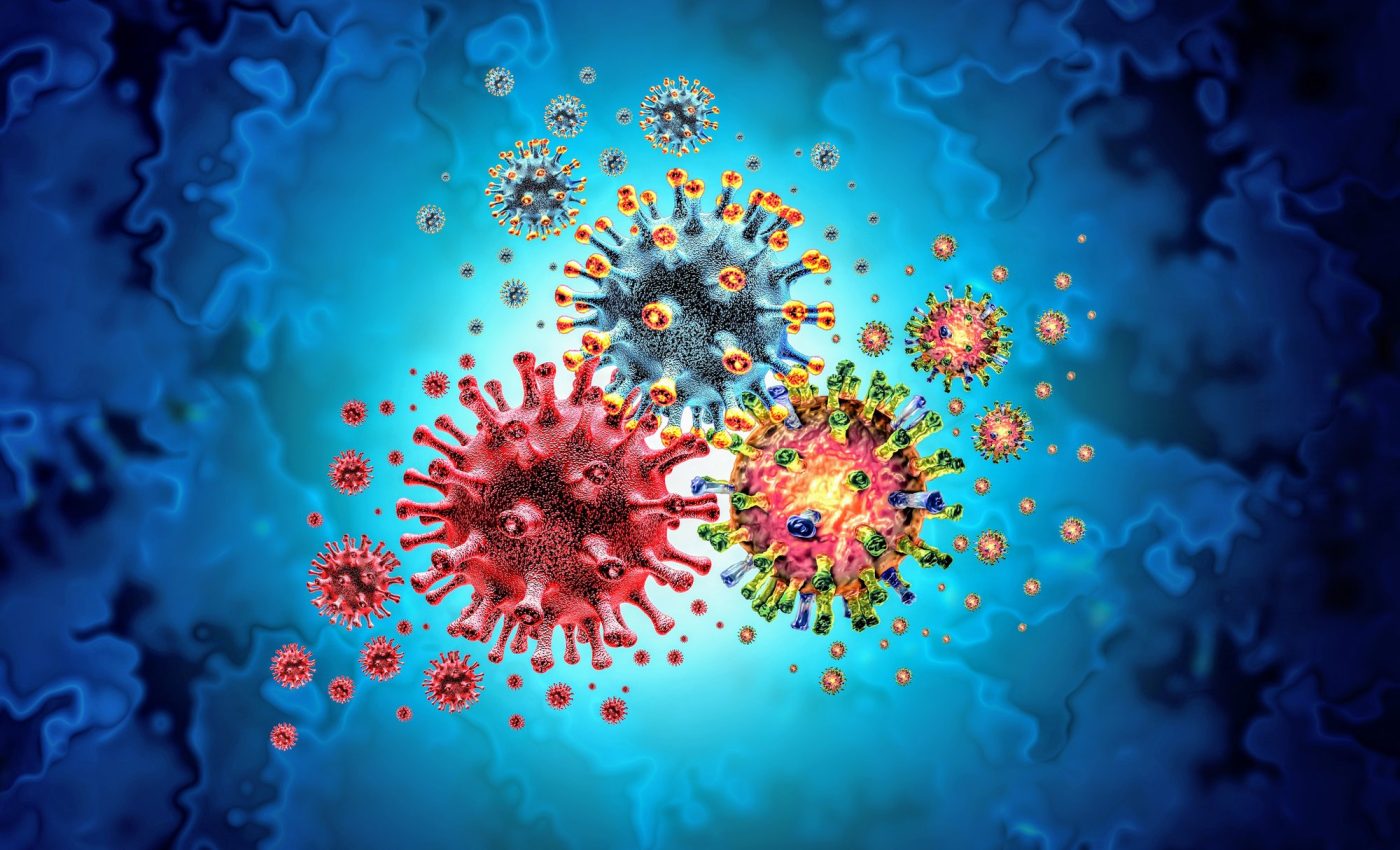
Identifying new targets to prevent severe COVID-19
A 2022 study from the Ohio State University suggested that blocking a molecule called caspase 11 could prevent severe COVID-19. This finding led to a $15 million NIH grant to investigate further, with a focus on long COVID.
The original research demonstrated that inhibiting caspase 11 in mice reduced inflammation, tissue damage, and blood clots. The new NIH-funded study aims to explore how SARS-CoV-2 triggers caspase 11 and caspase 4 in humans, which are linked to severe COVID-19, and to develop treatments that could alleviate both acute infections and long COVID symptoms.
Addressing long COVID
Amal Amer, a professor at Ohio State and the principal investigator of the grant, emphasized the need to understand the mechanism of caspase 11 in driving inflammation and clotting, particularly in the brain and lungs.
“Once you know the mechanism, then you can design what to target, where to target it and how to target it in order to reduce the damage being done,” he said. This understanding is crucial for addressing long COVID, which can affect various organs and lead to prolonged symptoms.
Impact of caspase 11
The research will encompass three scientific projects and four core activities, involving experts from Ohio State, Nationwide Children’s Hospital, and the University of Chicago. Estelle Cormet-Boyaka, another principal investigator, will study the impact of caspase 11 on different cell types, particularly those in the lungs.
“Having access to human primary epithelial cells is a strength because those are the cells that the virus infects first,” she noted.
Virus replication and severe COVID-19
Jianrong Li, a virologist at Ohio State, will focus on how SARS-CoV-2 induces RNA modifications in host cells and will work on developing inhibitors to prevent these changes.
“The two major causes of death from COVID are the cytokine storm and uncontrolled virus replication,” Li explained. “If we inhibit both, that can lead to a better therapeutic approach.”
The team will also look into caspase 11 inhibitors and RNA modification blockers to reduce virus replication, inflammation, and clotting. Professor Amer mentioned the importance of minimizing side effects when designing these inhibitors.
“When you inhibit caspase 11, you get rid of many cytokines, which damage the lung tissue and the blood-brain barrier and brain tissue,” said Professor Amer. Combining these inhibitors with strategies to stop viral replication could be highly effective in treating COVID-19 and long COVID.
Tackling the virus from different angles
The multidisciplinary approach of this research program aims to accelerate the pace of discovery. Prosper Boyaka, chair of veterinary biosciences at Ohio State, highlighted the benefits of simultaneous studies on different aspects of the disease.
“Having a team like this one allows us to look at those interactions and processes at the same time by experts in different fields, which makes it more likely we will capture information that would be difficult to capture otherwise,” explained Boyaka.
Xiaoli Zhang, an associate professor in the Department of Biomedical Informatics at Ohio State, will oversee bioinformatics and statistical analysis. Her expertise will ensure the robustness of the research findings.
Professor Amer pointed out that the program grant is highly competitive, and their successful application reflects the team’s proven track record of collaboration and significant research contributions.
“Being at Ohio State, we have people specializing in everything we needed for this grant, and we provided a huge list of publications going back ten years showing we have continuously worked together and published together on cutting-edge science,” said Professor Amer. “And the NIH was convinced that this group is the one that can do this.”
Targeted therapies to prevent severe COVID-19
The potential impact of this research is vast. By understanding the specific roles of caspase 11 and caspase 4 in SARS-CoV-2 infections, the team aims to develop targeted therapies that can prevent severe illness and long-term complications.
The combination of blocking caspase 11 to reduce inflammation and stopping viral replication could offer a comprehensive approach to treating COVID-19 and long COVID, addressing both immediate and chronic effects of the virus.
Moreover, the insights gained from this research could extend beyond COVID-19. Understanding the mechanisms of inflammation and clotting in viral infections could inform treatments for other diseases with similar pathological features.
The collaborative efforts of experts in various fields, from virology to immunology to bioinformatics, will ensure a thorough exploration of these complex processes and the development of effective interventions.
—–
Like what you read? Subscribe to our newsletter for engaging articles, exclusive content, and the latest updates.
Check us out on EarthSnap, a free app brought to you by Eric Ralls and Earth.com.
—–













